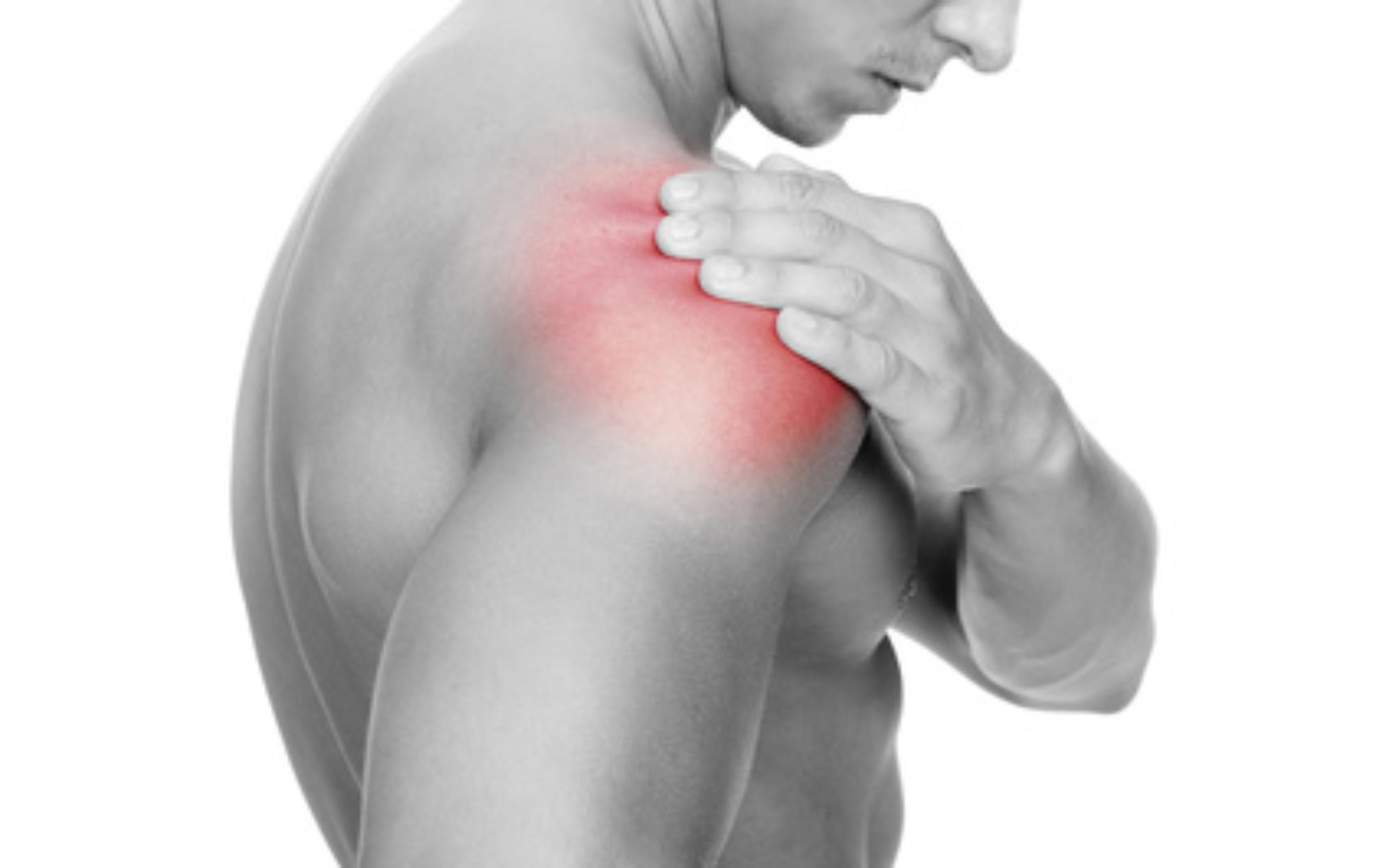Acromioclavicular joint (ACJ) arthritis
1. What is acromio-clavicular joint arthritis?
The joint formed between the acromion bone (part of the shoulder blade) and the clavicle (collar bone) is called the acromio-clavicular joint. This joint can be affected by arthritis, usually wear and tear – type known as osteoarthritis. This can cause pain and limitation of shoulder movements, particularly overhead movements. It may co-exist with subacromial impingement. Please see the information on subacromial impingement. These symptoms normally start after the age of 40 years. It is also common in weight lifters.


![]()
Fig 1. X-ray of the shoulder joint showing the acromio-clavicular joint and shoulder joint arthritis
2. How is acromio-clavicular joint arthritis diagnosed?
The diagnosis of sub-acromial impingement is made by the specialist Consultant taking the story of the symptoms and by detailed shoulder examination. You will need an X-ray and may be an ultrasound scan of your shoulder. The specialist may use an injection of steroid and local anesthetic to help with the diagnosis.
3. How is acromio-clavicular joint arthritis treated?
Acromio-clavicular joint arthritis can be treated both by non-surgical and surgical methods Non-surgical methods: Rest, simple pain killers, injection and physiotherapy. The specialist may give you an injection of steroid and local anesthetic into the subacromial space to help with pain relief. Physiotherapy aims to maintain your movements and to strengthen you rotator cuff muscles. Surgical method: If the above measures fail to improve the symptoms then surgery can be considered. This is done by usually done by keyhole surgery. It is technically called arthroscopic acromio-clavicular joint excision.
4. What happens during the surgery? Anesthesia:
You could either have a general anesthetic and or a regional anesthetic . In the later the nerves supplying the shoulder and the arm are numbed by the use of local anaesthetic. You can choose to stay awake during the procedure. More information on regional anesthetic can be found in the anaesthesia information.
The surgery:
The surgeon uses keyhole surgery to remove bone from the outer end of the collar bone (clavicle) and the from the undersurface of the acromion. The inflamed soft tissues in the area (bursa) are also removed. You do not normally have any stitches; we use only steristrips. Your arm will be in a sling after surgery.

5. What are the benefits and risks of surgery?
Benefits:
Reduced pain and improved function of the shoulder.
Risks of surgery:
Infection, stiffness of the shoulder, recurrent or persistent pain. This operation is about 90% successful.
6. What happens after surgery?
In most instances you can go home on the same day of surgery. You will have a sling, which can be removed after a day. Swelling around the shoulder is normal after this surgery however it will settle down after a few days.
Physiotherapy:
This is a very important part of the treatment after surgery. You will see a physiotherapist who will teach you exercises to help you regain your movement and the strength after surgery.
Swimming is useful and can be commenced after the wound has healed.
Driving:
3- 4 weeks after the operation. However if you drive HGV it is advisable to delay driving till your shoulder is pain free and strong, normally after 6 weeks.
Returning to work:
It is normal to have some soreness around the scar but this will settle down with time. Light duties, like office work: 3-4 weeks after surgery. Heavy work: 6 weeks after surgery.
Adapted with permission from https://orthoinfo.aaos.org

